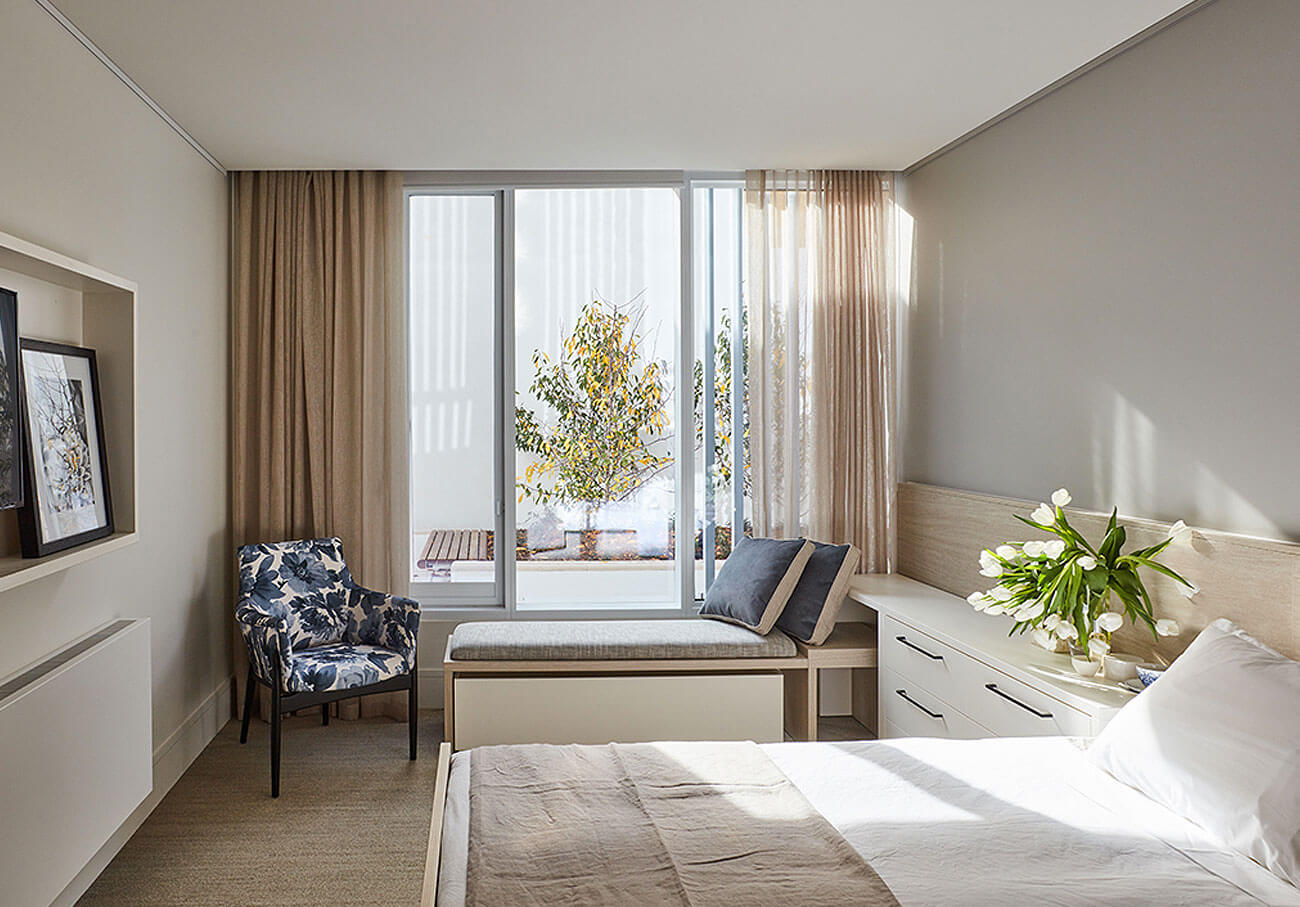
Special considerations when designing and manufacturing furniture for senior living
There are multiple categories of senior living accommodation all of which require specific consideration when one is designing a senior living bedroom and thinking about how the bespoke bedroom furniture is going to be used by the resident.
The main categories of senior living accommodation are:
- Independent unassisted apartment living
- Assisted apartment living
- Retirement homes
- Nursing care homes
When designing bespoke furniture for any of these senior living categories, the golden rule is never to forget the user. It is key to ensure that the resident’s dignity, independence and safety is at the forefront of our minds at all times as we specify everything from surface materials to handles.
Key considerations:
- Handles specified need to be easy to grab/hold for hands that may have lost some of their strength.
- Any drawers need to have stop-locks which prevents a heavy drawer from ever being pulled out too far and landing on the resident’s feet.
- All wardrobes, desks, chest of drawers and bedside units should be counter balanced which involves adding weight to the rear of the unit so that if the resident pulls out any drawers, the unit is always stable and will not tip forward on to the resident and potentially cause injury.
- When a unit is very close to a doorway or next to a narrow pinch-point in the bedroom, rounded corners are advisable to avoid any accidents which might result in a resident bruising.
- The backs of drawers should be ventilated where possible to avoid any bacteria build-up.
- Security locks are optional depending upon the policy of the operator. Some nursing home and care home residents appreciate at least a lockable drawer for treasured personal belongings of value.
- Furniture should be scaled accordingly for smaller rooms to allow sufficient access for wheelchairs, walking frames or carer support.
- Subtle guide lighting can be introduced under bedside cabinets, chests of drawers and desks to enable residents to move freely should they need to use the toilet at night.
- Legs to tables should be pedestal bases wherever possible to allow wheelchairs to get up close to the table top.
- Over-bed tables should have mobile and stable cantilever bases so they can be easily stored to one side when not in use.
- Underframes and table legs should be sufficiently robust enough to withstand impact from wheelchairs.
- Dressing table chairs should be easily pushed back by having castors or glides.
- Easy chairs should be high backed as residents often doze off and require a good level of neck support.
- Any fabric used on headboards or chair seat pads should be fully cleanable performance fabrics such as high performance faux leathers.
Focus on contemporary design with uplifting tones
Modern senior living bedrooms are bright, airy, spacious spaces and take their cue more from the hospitality market today that at any other time in the past. Colours used are fresh, uplifting and on trend and this mindset to contemporary design permeates from the ground floor public areas through to the resident’s bedrooms.
In the same way that a modern senior living residential facility has a modern restaurant and inviting cafes so should the bedroom seem as contemporary as possible for the resident and their family visitors whilst not forgetting any clinical considerations.
Talk to us about your next senior living furniture project.


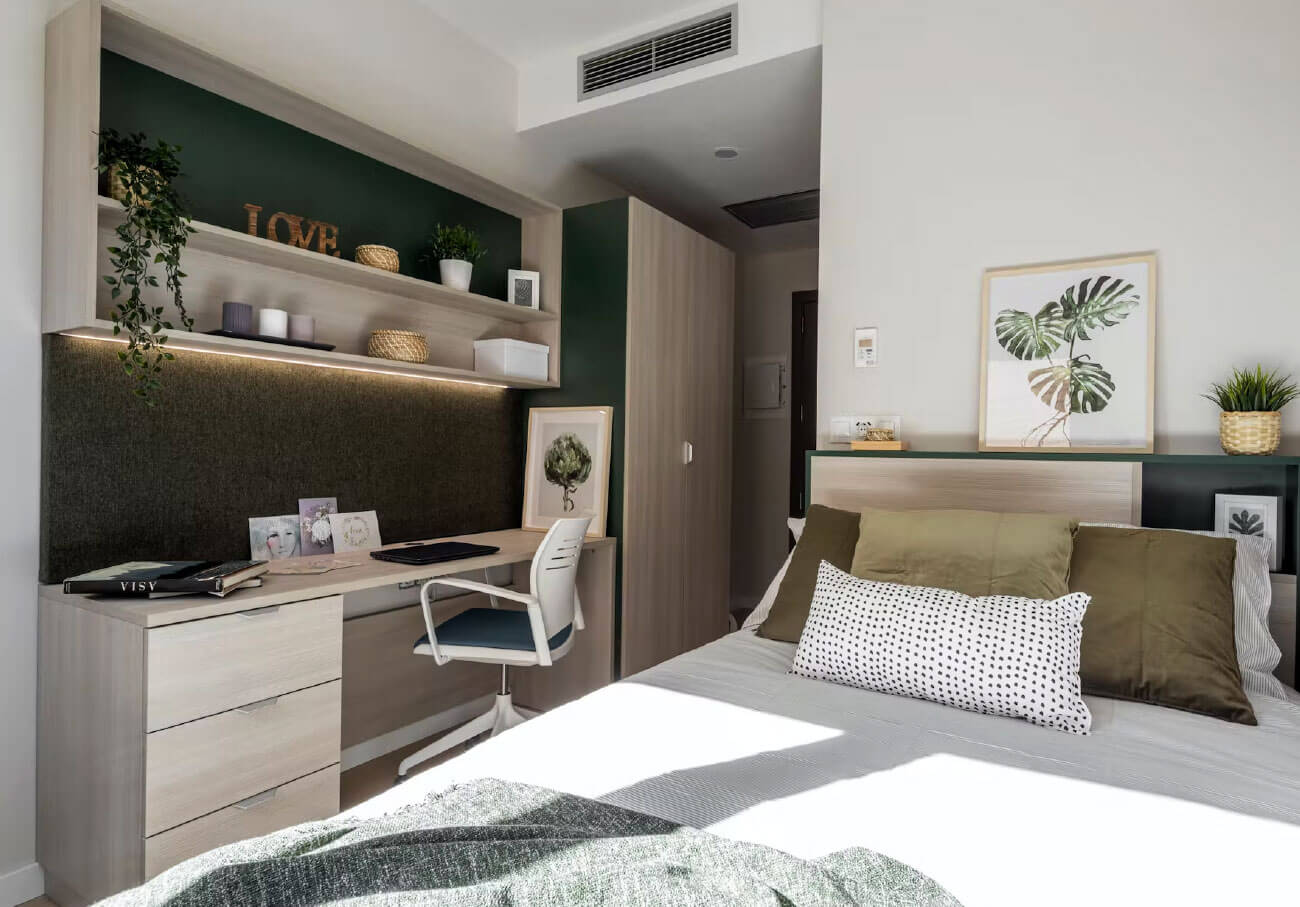
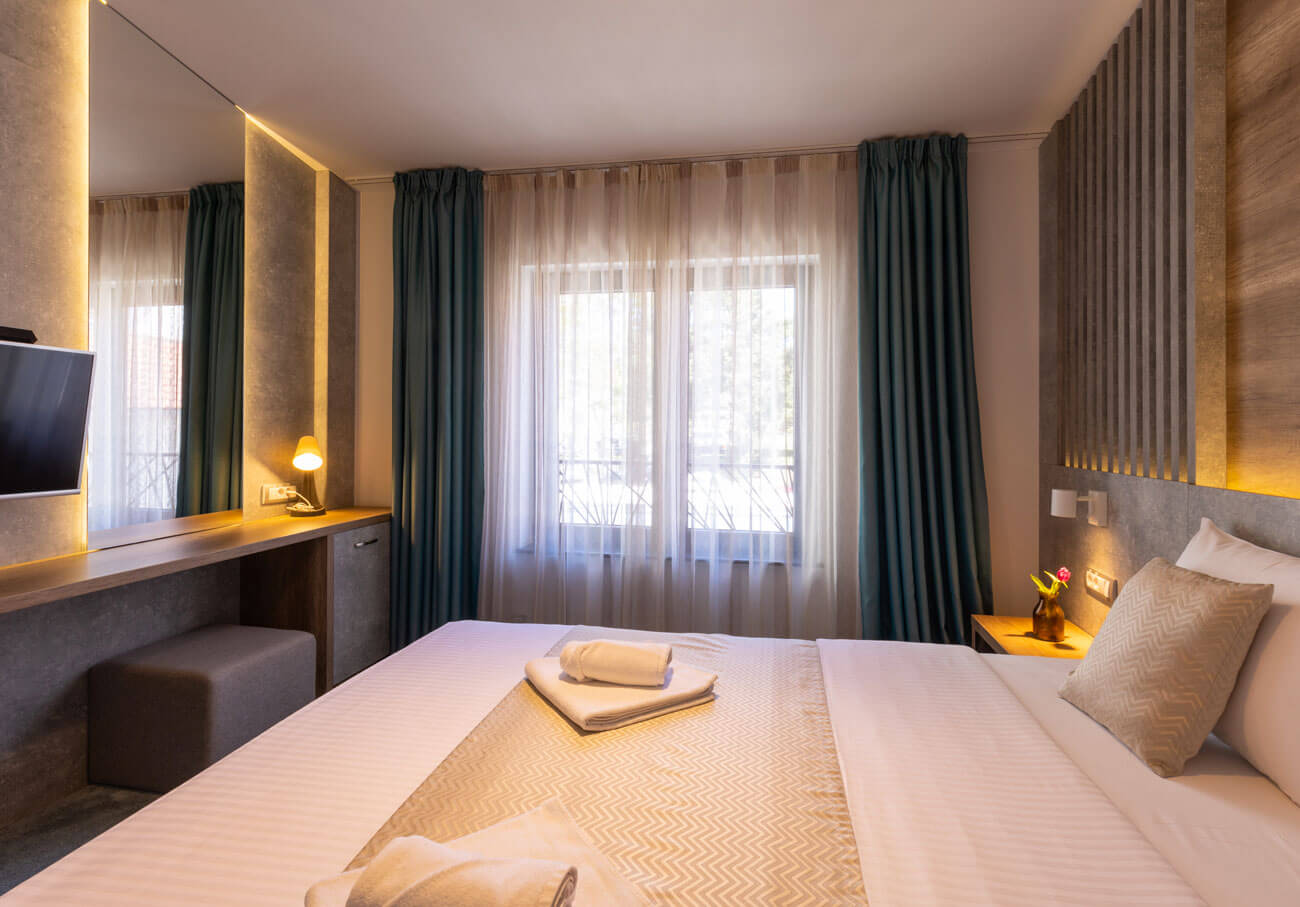
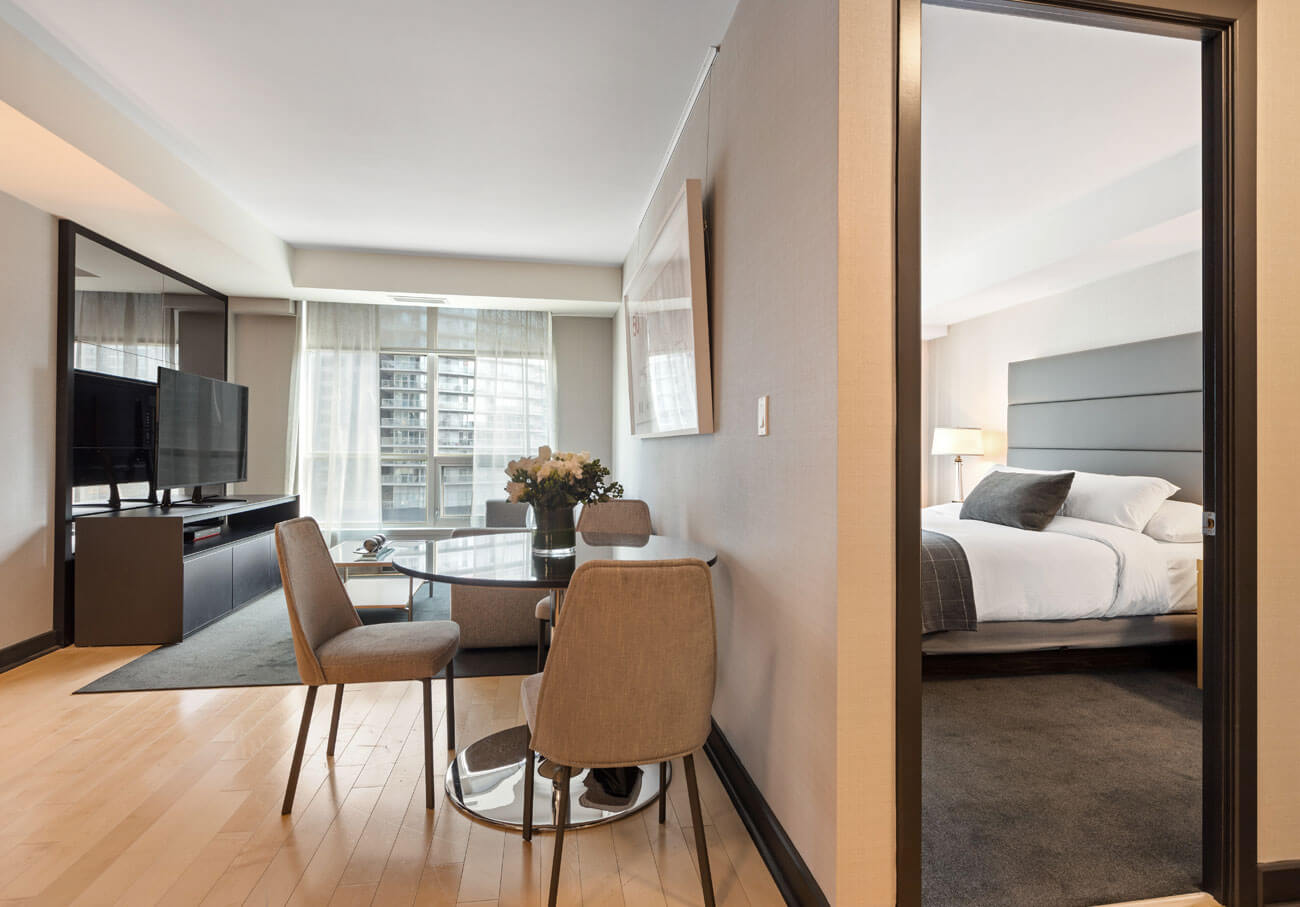
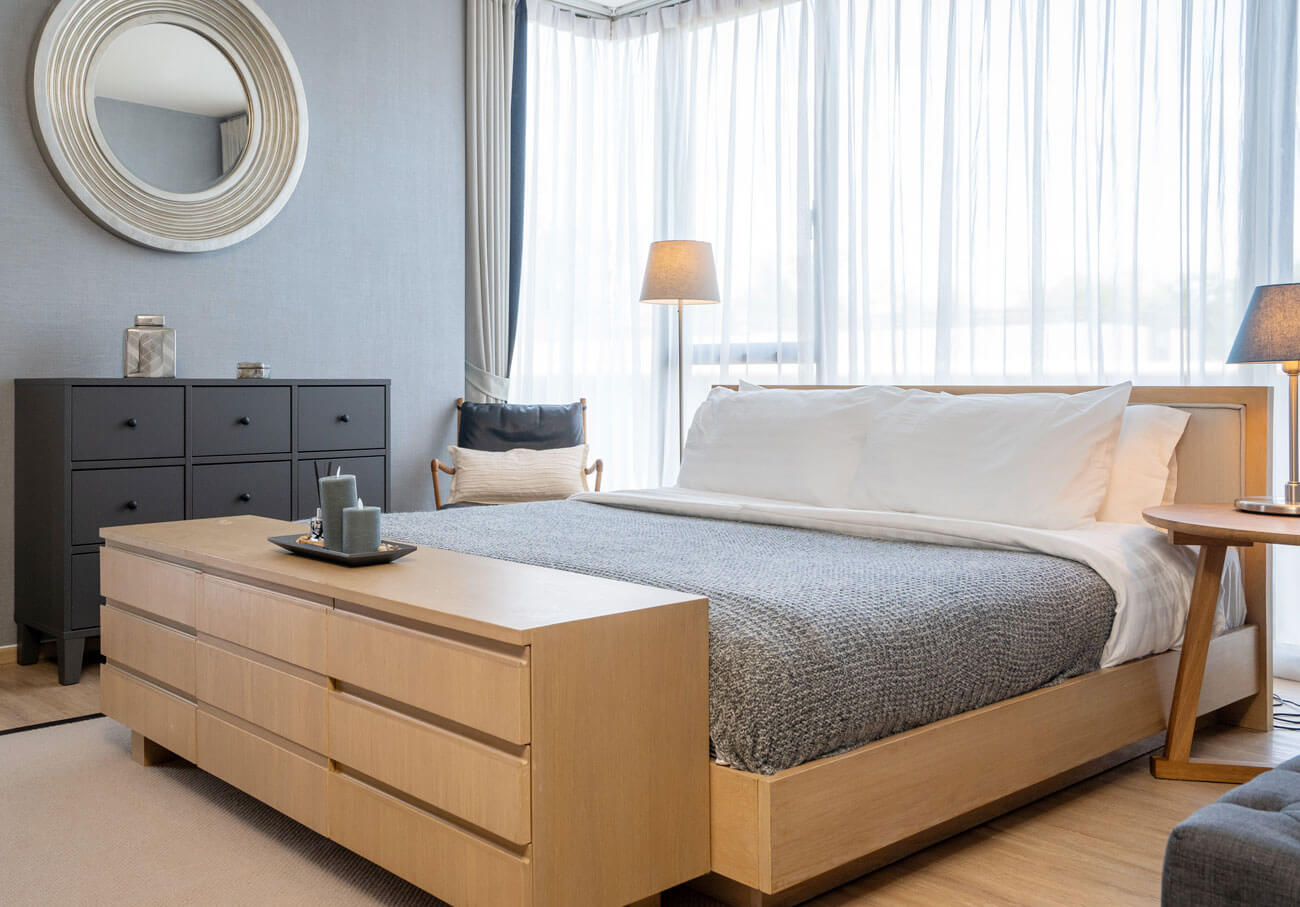
Leave a Reply